Peeled Millet, Organic 600g
2,99 €
4,95 €/kg
In stock
Hulled millet – a versatile alternative to rice
Mild-tasting hulled millet (Panicum miliaceum) is believed to be one of the oldest cultivated grains still grown around the world today. With a history of use spanning thousands of years, millet has served both as a crop and a staple food among many indigenous cultures. In Europe, millet cultivation dates back over 6,000 years.
As a crop, millet is highly adaptable and thrives in hot and dry climates, making it a popular choice in developing countries. Its exceptionally short growing season means the harvest can be ready in as little as two months, further adding to its appeal.
Hulled millet is a source of protein and fits a wide variety of dietary needs. It works especially well as a side dish in place of rice or slow-cooked into a porridge. Soaked millet is also great in overnight oats and raw baking recipes.
How to prepare millet
Rinse the millet before cooking. Use one part rinsed millet to three parts water. Simmer for about 25 minutes until fully cooked.
High-quality sides from foodin
Foodin’s premium sides are wonderfully versatile for cooking and baking. They are long-lasting and economical, making them perfect staples to keep in your pantry. It’s been delightful to see home cooks welcoming alternatives like millet and black rice alongside traditional staples like pasta, rice, and oats. Cooking with different sides is simple and convenient. Just add boiling water and your favorite seasonings. You can also mix different grains and rice varieties together for delicious combinations.
Packed in a factory that handles gluten-free oats, nuts (cashews, Brazil nuts, pecans, macadamias, hazelnuts and walnuts), almonds, sesame seeds, and milk protein.
| Sisältö/Innehål | Kuorittu hirssi/Skalad hirs |
|---|---|
| Alkuperämaa/Ursprungsland | Ukraina/Ukraine |
| Pakkauskoko/Förpackning | 600 g |
| Ravintosisältö/Näringsinnehåll per 100g | Energia/Energi: 1464 kJ / 350 kcal |
Be the first to review “Peeled Millet, Organic 600g”

Better food for a better tomorrow
Foodin is a Finnish family business that produces and imports organic and natural foods and delicacies. We want to enable and promote a better food culture and offer everyone the opportunity to choose and feel better. The basic principle of our products is simple: they must be good for the wellbeing of the consumer, the farmer and the environment. By choosing our products, you can enjoy high-quality products and be sure of their sustainability and production. With your choice, you support Nordic and Finnish craftsmanship and entrepreneurship as well as provide a better future for farmers and their families.
More about our story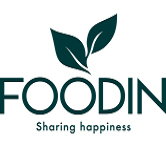
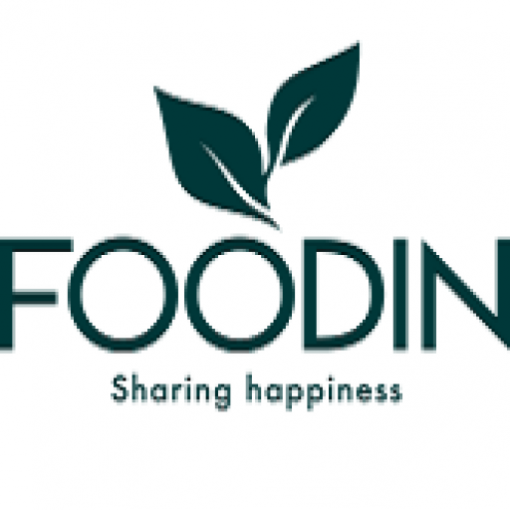
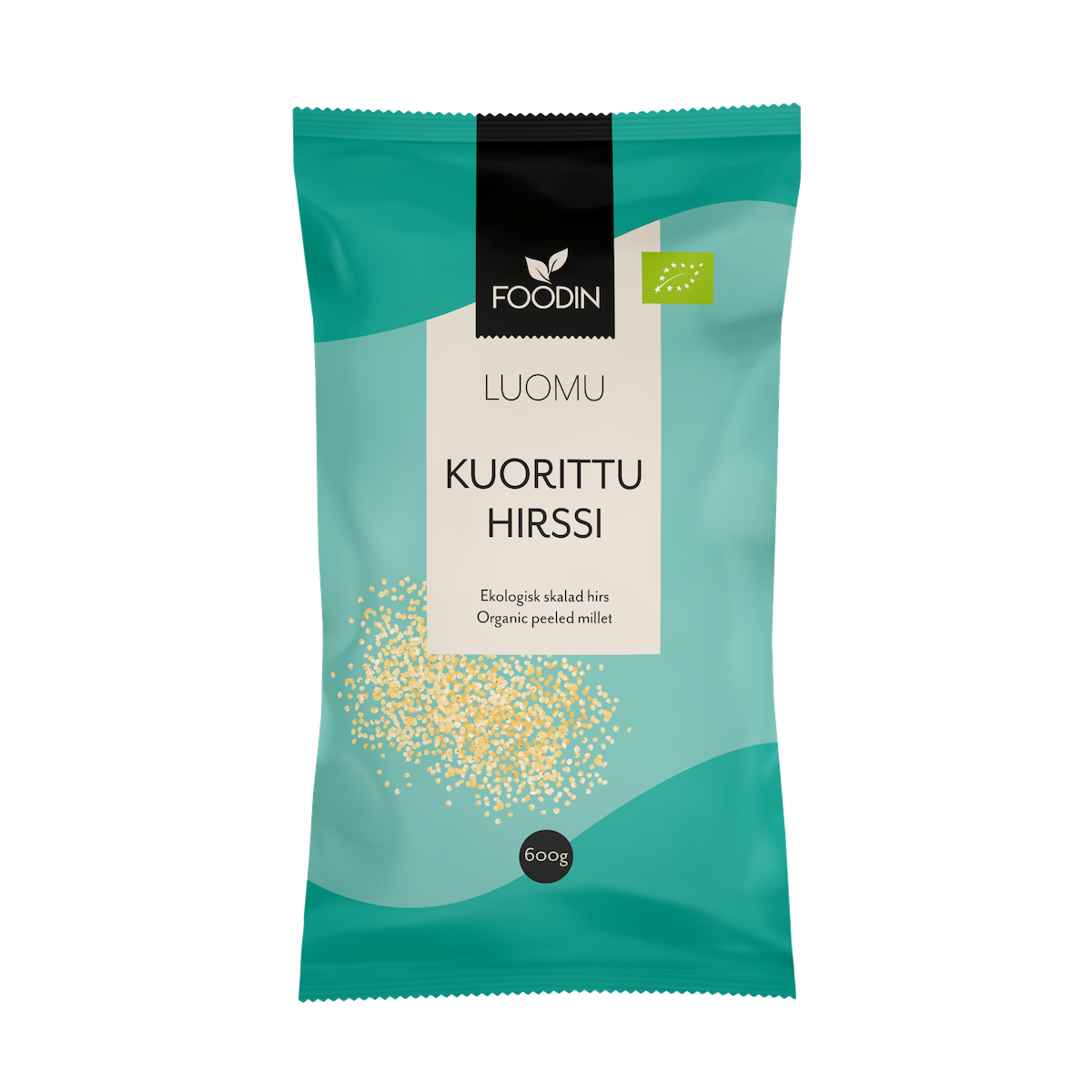
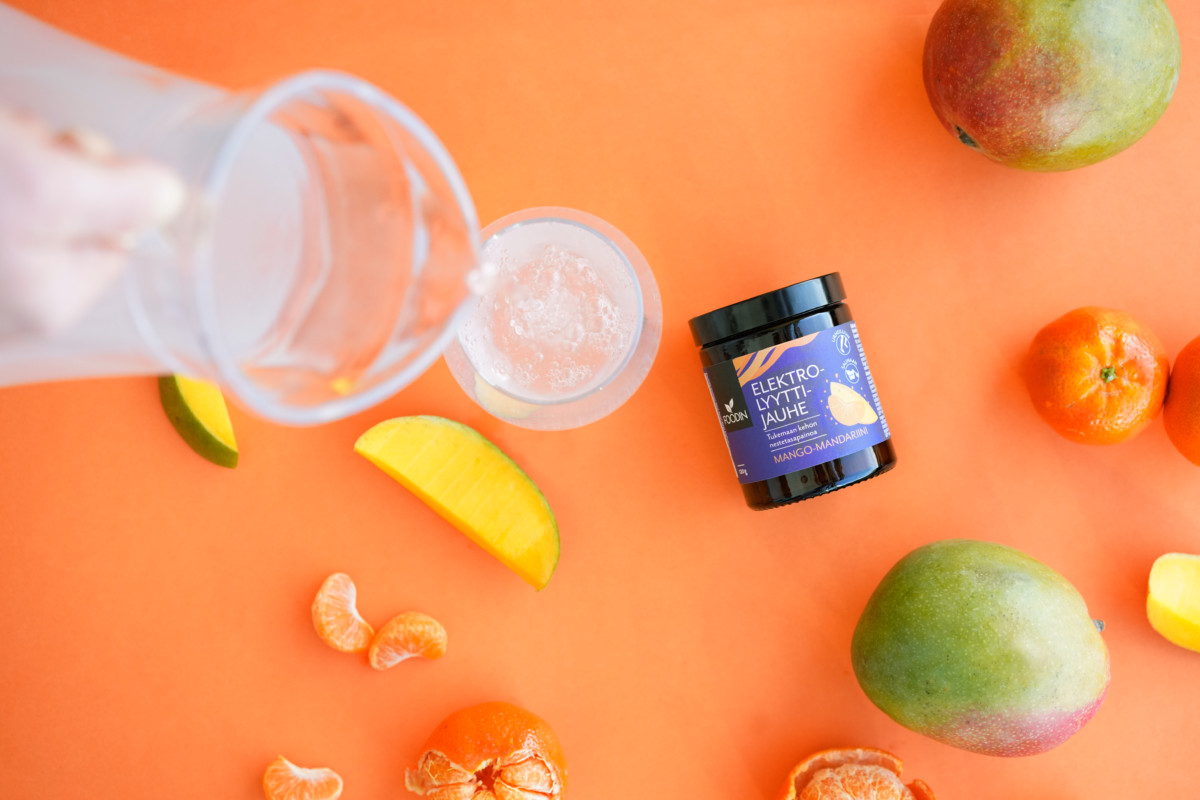








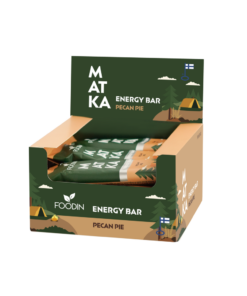

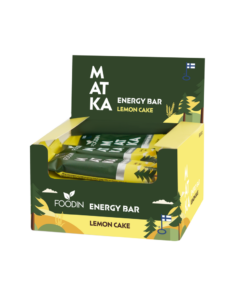
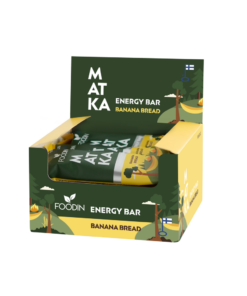
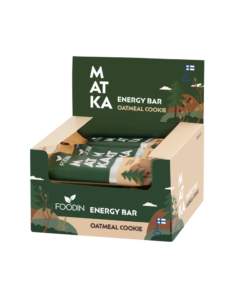

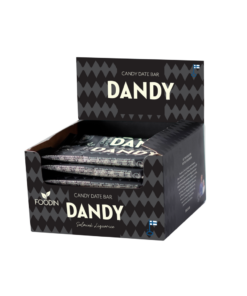
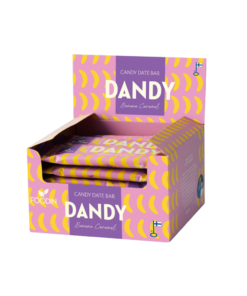
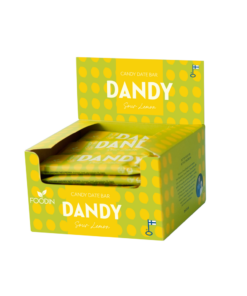
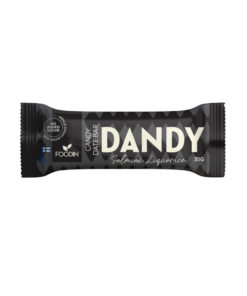

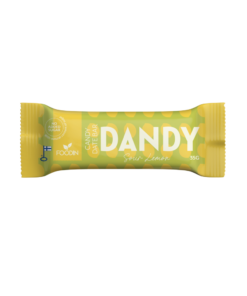
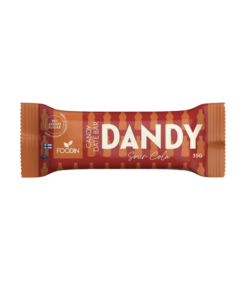

Reviews
There are no reviews yet.